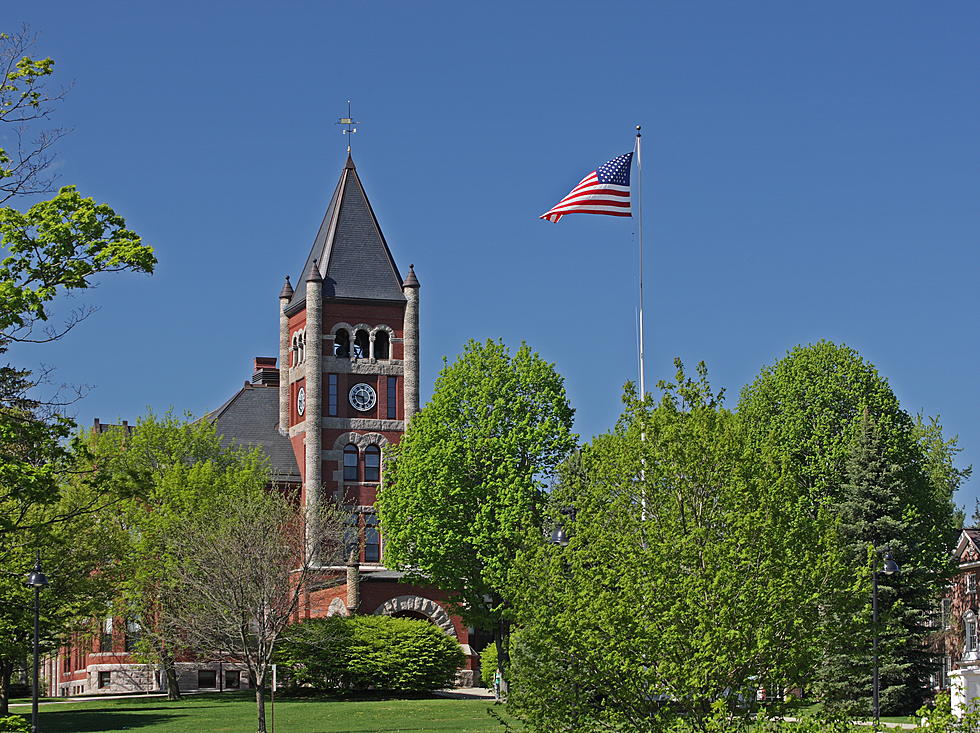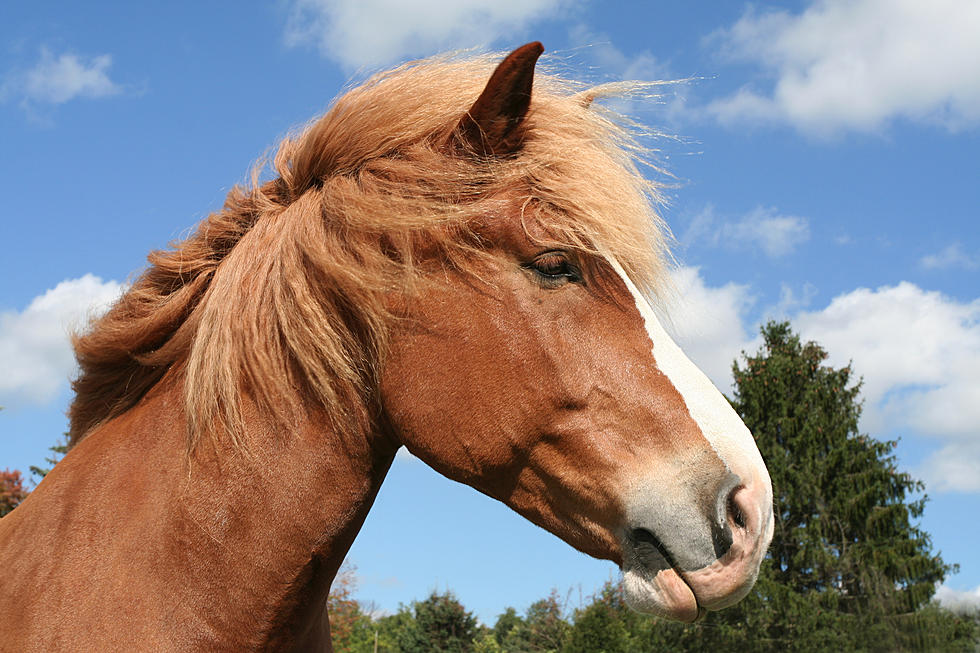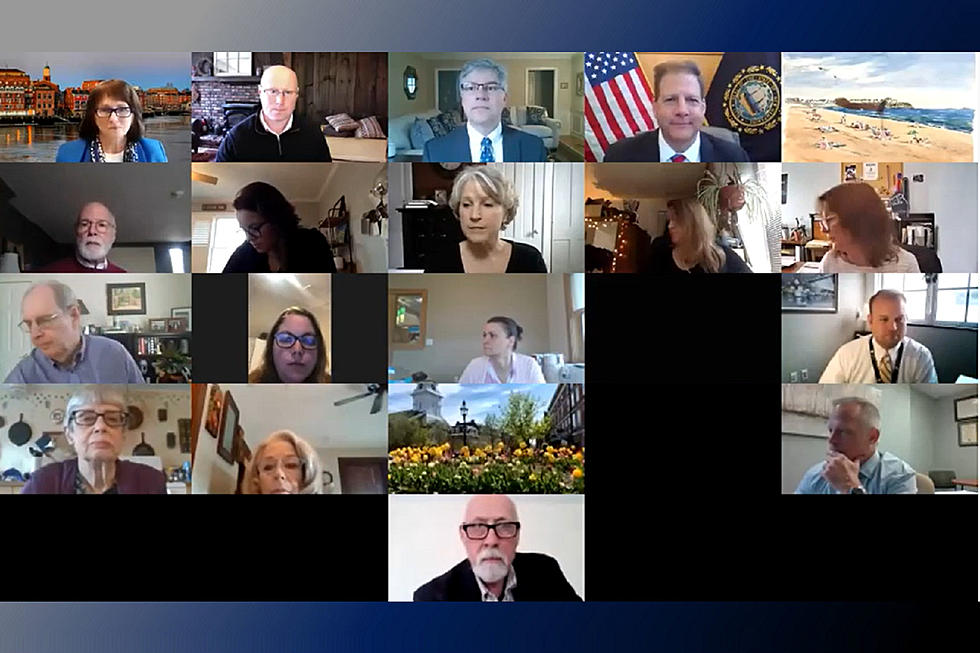
UNH Receives $4.6 million for Climate, Space Research
Three University of New Hampshire professors have won funding worth $4.6 million in separate grants to study climate change, snow depth and space.
Alexandra Contosta, research assistant professor in UNH’s Earth Systems Research Center, received a $2 million grant from the United States Department of Agriculture to study the effects of season freeze-thaw cycles. Specifically, the grant will study the effects of these cycles on nutrient and carbon cycles for soils within forests, farms and urban areas.
Technology will assist the effort. According to a UNH news release, the team will “develop, test and deploy new state-of-the-art wireless sensing technology to help bridge the gap in assessing the timing and extent of frozen soil and its effect on ecosystems.”
Drones equipped with ground-penetrating radar will be used to read data from wireless frost sensors to better understand how rapidly warming winters punctuated by extreme cold snaps might impact soil’s freeze and thaw. The effort also will involve students from local schools, UNH said.
Jennifer Jacobs, a professor of civil and environmental engineering, received $1.5 million from the U.S. Department of Defense to study how drones can be used to monitor snowpack depths. The project will yield insights into tactical military applications and humanitarian efforts such as water resource management in cold climates.
“The team will develop new ground and airborne technologies to characterize cold-region effects that will help guide military operations and develop novel applications for lightweight, low-cost drone sensors that provide real-time updates of snow and ice depths in cold weather environments,” UNH said.
Chris Mouikis, a research associate professor in UNH’s Space Science Center, received $1.15 million from NASA to build and test a hardware system that will allow for better measurement of plasma ions in the heliosphere. The heliosphere is a bubble surrounding and protecting the solar system, which can be utilized in the design of future missions, UNH said in the release.
The research is cosmically complex. According to UNH, the sun sends out a constant flow of ions and electrons, called the Solar Wind, that travels past all the planets before it is slowed down by the matter and radiation from the rest of the galaxy. This forms a giant “bubble” around the Sun and its planets, called the heliosphere, that limits the amount of harmful cosmic radiation reaching Earth.
In addition, Earth has its own magnetic shield, the magnetosphere, that limits the radiation exposure during solar storms. Radiation exposure can pose risk for humans in space, damage space instruments, adversely affect satellites and even influence the Earth’s atmosphere.
LOOK: Famous Historic Homes in Every State
More From Seacoast Current








